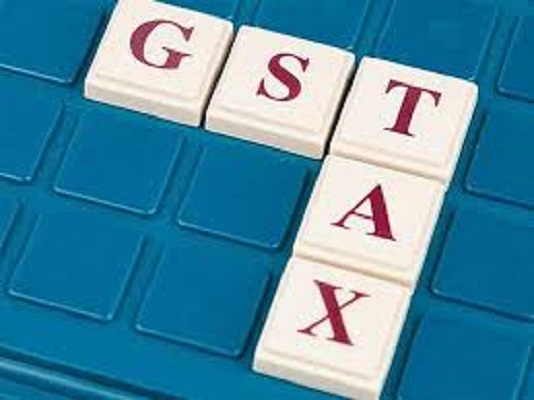 Fearing shortfall in revenue from Goods and Services Tax (GST), the government is taking several steps to boost tax mop-up as well as a crackdown on evaders.
Fearing shortfall in revenue from Goods and Services Tax (GST), the government is taking several steps to boost tax mop-up as well as a crackdown on evaders.
Tax intelligence arms of the finance ministry has started analysing and comparing the amount of tax currently being reported by assessees as compared with what was paid prior to GST’s implementation, sources told Moneycontrol.
In addition, the quantum of input tax credit claimed by companies is also under the government’s scanner.
“The government is watchful of the amount of (tax) credit being claimed by companies, mainly with an annual turnover of over Rs 5 crore. We will see if they are fraudulently claiming a higher amount,” a senior government official said.
Besides, it has been observed that there are revenue leakages as some businesses are misusing the e-way or electronic way bill mechanism, the official quoted above said.
Achieving the revenue collection target is crucial as it has a direct bearing on the fiscal deficit, which is a gap between government’s revenue and expenditure. The government has already exceeded 95 percent of the fiscal deficit target in the first six months of 2018-19.
The government has set the target of over Rs 12 lakh crore for the financial year 2018-19, which can be achieved if the average monthly mop up is around Rs 1 lakh crore. The average collection during April-September was Rs 96,328 crore, less than the government’s monthly target.
States’ revenue shortfall has also been a matter of concern for the government and towards this, states have been given targets for State GST (SGST) collection by the finance ministry’s Central Board of Indirect Tax and Customs (CBIC), the official said.
States faced an average 16 percent shortfall in GST collection in the first year of implementation from July 1 to March 31 (2017-18), the shortfall has come down to 13 percent during April-August period of current financial year 2018-19.
In the current financial year, only six states – Mizoram, Arunachal, Manipur, Nagaland, Sikkim and Andhra Pradesh – higher-than-anticipated revenue, and will not require compensation from the Centre.
Rest of the 25 states have been facing revenue shortfall and will continue to require compensation from the Centre. Finance Secretary Hasmukh Adhia has also visited six states—Puducherry, Punjab, Uttarakhand, Himachal Pradesh, Jammu and Kashmir and Chhattisgarh—bearing maximum revenue gap and has made a report that points out the reasons for the shortfall.
Officials, however, expect tax collections to increase from next month as business activity generally picks up in the second half of the year, which leads to higher tax collection, especially during the festive season that begins in October.
Source: Moneycontrol
We have launched Single Platform on GST Compliances In India, assisting in 4 areas – 1) Compliances, 2) Litigations & Hearings, 3) Training 4) Consultancy. Click this link for any assistance.
 customersuccess@taxmantra.com
customersuccess@taxmantra.com Toll Free:
Toll Free:  Contact Us
Contact Us

